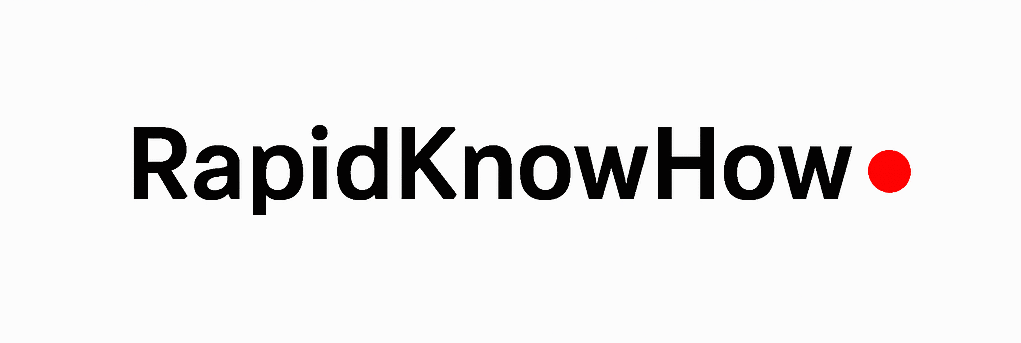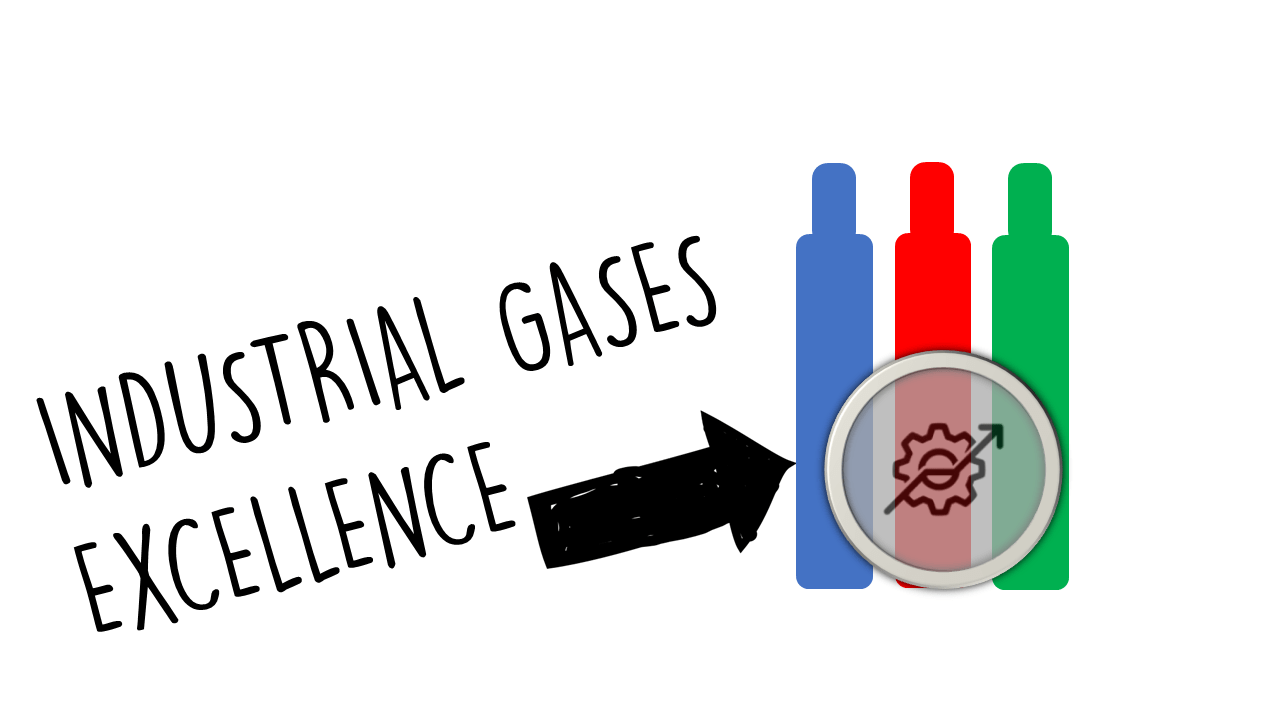The Buy-to-Rent Rent model in the industrial gases sector involves the strategy of leasing or renting equipment and infrastructure (such as gas storage, delivery systems, and specialized gas handling devices) rather than selling them outright. This approach allows companies to provide customers with access to high-quality equipment without the substantial upfront capital investment, enhancing flexibility while creating ongoing revenue streams.
Framing
To effectively frame the Buy-to-Rent model within the industrial gases sector, key dimensions include:
- Financial Flexibility: Customers can conserve capital by renting rather than purchasing expensive gas-related assets, thus improving their cash flow.
- Cost Efficiency: This model minimizes maintenance costs for customers, as the equipment provider often retains responsibility for upkeep and upgrades.
- Access to Technology: Customers can benefit from the latest technology without needing to invest in new systems, as companies can continuously upgrade their rental equipment.
- Market Responsiveness: Renting allows companies to adapt their service offerings quickly in response to changing market dynamics and customer needs.
Re-Framing
To re-frame the Buy-to-Rent model in industrial gases, it is essential to consider current trends and future opportunities:
- Shift to Service-Based Models: Move from traditional ownership to a service-oriented approach, emphasizing solutions over merely providing gases or equipment.
- Sustainability Goals: Focus on providing equipment that enables customers to reduce their environmental footprint, such as energy-efficient storage systems or emission controls.
- Remote Monitoring and Maintenance: Integrate IoT technologies to enable real-time monitoring, predictive maintenance, and enhanced operational efficiency for rented assets.
- Customization and Scalability: Offer modular rental options that can easily be scaled up or down to meet fluctuating customer demands.
Actions
For successful implementation of the Buy – to – Rent model in industrial gases, organizations should consider the following actions:
- Market Research: Assess customer preferences for equipment and infrastructure leasing options and identify sectors where rental models could provide significant advantages.
- Develop Flexible Leasing Plans: Create diverse leasing structures to accommodate different customer needs, including short-term, long-term, and pay-per-use arrangements.
- Enhance Customer Support: Provide robust maintenance and technical support services for rented equipment, ensuring high operational reliability and customer satisfaction.
- Incorporate Technology: Invest in smart technology for rental assets, including sensors and monitoring tools that enhance efficiency and provide data insights to customers.
- Educate Customers: Conduct training and informational sessions for customers on the advantages of renting over purchasing assets, including potential cost savings and flexibility.
Case Studies
Case Study 1: Gas Supply Company Implementing Rental Services
- Challenge: Difficulty in attracting new customers in a competitive market.
- Implementation: The company launched a renting program for gas handling and delivery equipment, which included an initial consultation service to assess customer needs.
- Outcome: Increased customer acquisition and retention rates, leading to a 40% growth in service contracts in the first year of the rental program.
Case Study2: Cryogenic Equipment Rental for Pharmaceuticals
- Challenge: High costs associated with purchasing cryogenic storage tanks for sensitive gas storage.
- Implementation: The company offered cryogenic tanks on a rental basis, coupled with a full maintenance agreement that included regular checks and emergency servicing.
- Outcome: Expanded into several new pharmaceutical companies, resulting in an additional 30% in revenue over two years, and significantly enhancing customer satisfaction.
Case Study 3: Specialty Gases Equipment Rental
- Challenge: Limited market share in a highly specialized niche.
- Implementation: A specialty gas supplier introduced a rental model for expensive gas analysis and measurement equipment, allowing clients to access cutting-edge technology without upfront costs.
- Outcome: Established itself as a go-to supplier for high-tech solutions, leading to long-term partnerships with research institutions and industry leaders.
Conclusion
The Buy-to-Rent model offers a transformative approach for companies in the industrial gases sector by providing customers with flexible, cost-effective access to equipment and technology.
By adapting to a service-oriented mindset and embracing trends such as sustainability and digital innovation, organizations can enhance their competitive edge and foster long-term customer relationships.
Successful implementation of the Buy-to-Rent model not only drives recurring revenue but also positions companies to be agile and responsive to changing market conditions, ultimately contributing to sustained growth and excellence in the industrial gases industry.



